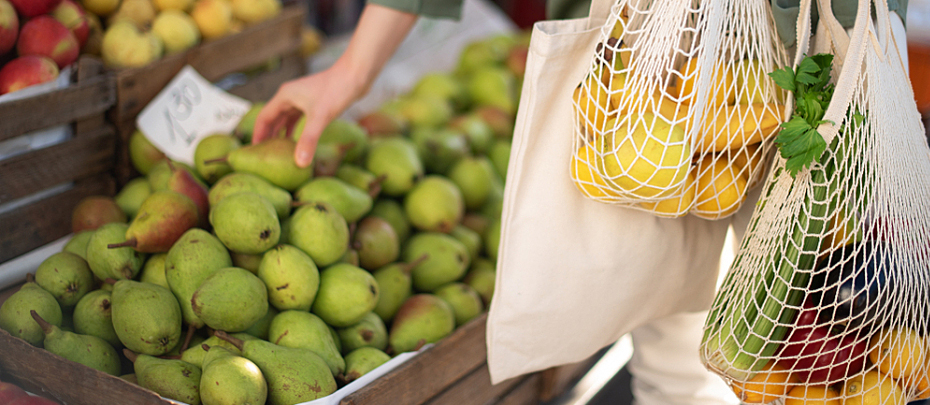Read on to learn about the relationship between the glycemic index and diabetes and how you can support your blood sugar by making informed choices about what — and how — you eat.
What Is the Glycemic Index?
The American Diabetes Association recommends that people with diabetes keep blood sugar levels under 180 mg/dL between one and two hours after eating.
Glycemic index is a measure of how quickly a food causes your blood sugar levels to rise. This is determined by how fast your body converts carbohydrates into glucose. Foods are ranked on a scale of zero to 100. A zero rating means the food doesn't increase blood sugar levels after you eat it, while a rating of 100 means the food causes blood sugar levels to increase rapidly.
Generally speaking, foods with a rating of 55 and lower are considered low glycemic, and foods with a rating of 70 and higher are considered high glycemic. While glycemic index isn't a perfect system, it is a good tool to help identify lower glycemic carbohydrates that are also likely to be more nutrient-dense. That said, other factors such as portion size as well as what foods you pair with carbohydrates factor into their impact on blood sugar. Experts refer to this concept as glycemic load.
High Glycemic Index Carbohydrates
Here are some examples of high glycemic index carbohydrates, which cause blood sugar levels to increase more quickly:
- White bread
- White rice
- Rice cakes
- Pancakes
- Baked and mashed potatoes
- Overripe bananas
- Watermelon
Low Glycemic Index Carbohydrates
These low glycemic carbohydrates are converted into glucose more slowly, which can help minimize blood sugar spikes:
- Legumes, such as beans, lentils and chickpeas
- Boiled yams
- Peanuts and cashews
- Pears
- Grapefruit
- Cherries
- Apples
- Barley
- Raw carrots
- Greens, such as spinach, asparagus and kale
Which Factors Influence the Glycemic Index?




Social Share